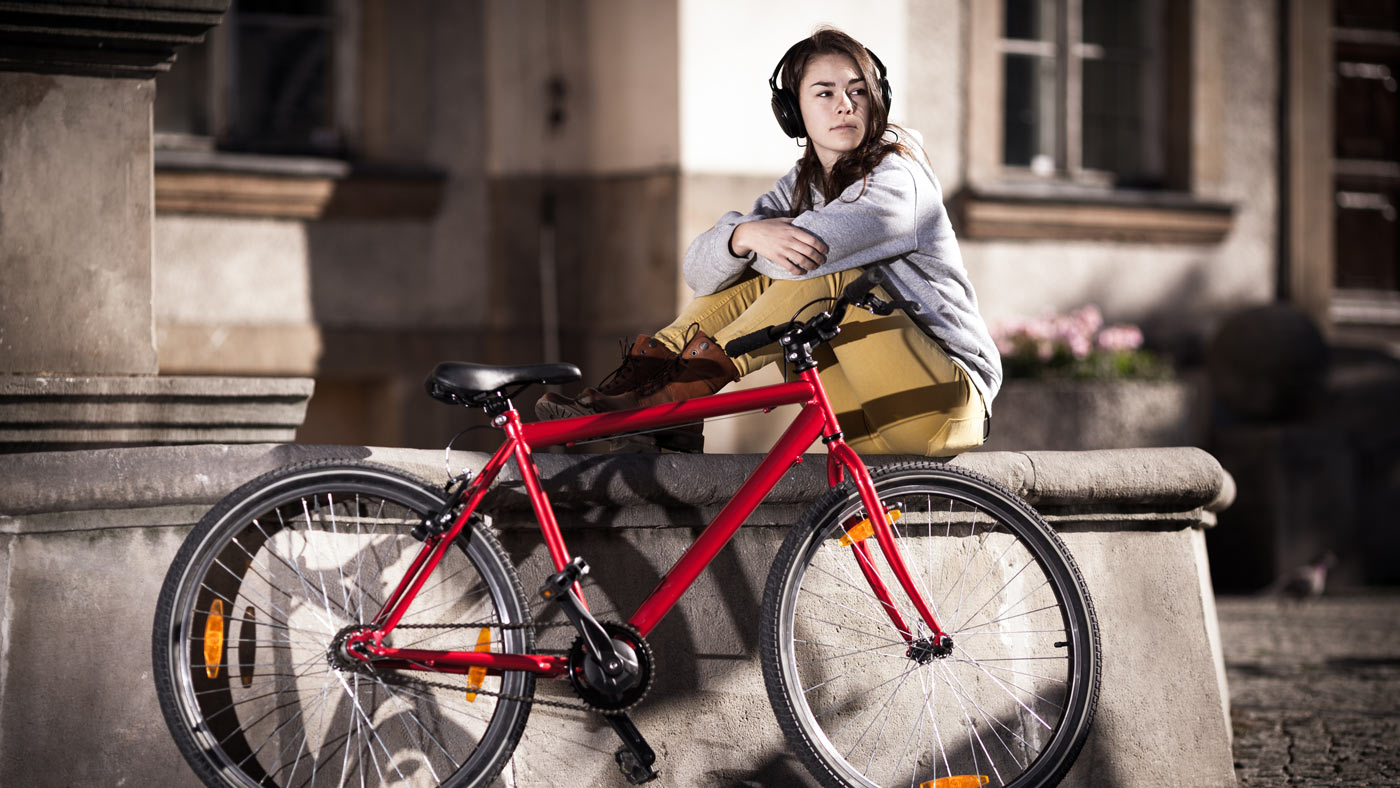Send your question to Umbra!
Q. Driving everywhere makes me feel like a cretin. However, I live on a hill in Los Angeles. I’ve considered a bicycle (with some type of engine or motor boost) alternative, but several things stay my hand:
- Bike safety.
- Hill. Big one. And my job is one where I’m on my feet and moving, so long rides after a hard day don’t sound fun.
- Groceries. Tools. My dog. There are certain things I can’t imagine accomplishing with a bike.
- No public transport stations within walking distance.
- Dear old mom trained her girl to always be wary. There are times when it’s a relief to be able to lock my doors and be in an enclosed car.
What’s the next most eco-friendly decision for a busy gal in a city of cars? Or are there just more lifestyle changes I could/should make?
Remy,
Los Angeles, Calif.
A. Dearest Remy,
Your personality-filled letter – which, regrettably, I had to edit for length – neatly identifies the hurdles many of us face when contemplating life without our four-wheeled gas-guzzlers. While the benefits of ditching the car are huge (among them saving tons of cash, no traffic and parking hassles, and more exercise), it can be intimidating to take the leap – especially in a place as stereotypically auto-crazed as L.A. But fear not: With the help of a bicycle, public transit, and perhaps a little technology, you can indeed reduce your reliance on that fossil-fuelmobile. You can even dump it entirely.
Let’s look at each of your concerns in turn, Remy. I’ve tackled the subject of corporeal safety on a bicycle recently, so I’ll jump straight to No. 2, physical effort. No question, hills can be murder to the uninitiated cyclist. But you’ve already pinpointed one solution to that problem: the electric-assist bike, or e-bike. If you’ve got the spare change for one (and even at a few thousand bucks, they pale in comparison to what a car costs), it could be a good option. If not, and the hill isn’t miles long, there’s no shame in walking the bike. And I’ll bet that after a few weeks of riding, you’ll surprise yourself with your own power.
On to No. 3, hauling your stuff. A bike can actually do a fine job of this with the help of a basket and/or set of rear panniers to haul food, tools, a change of clothes, birthday cakes. As long as it’s not the size of a mattress, you can probably bike it. Add to that a nice, big commuting backpack and you’ll have capacity to spare. And Fido? There are a boggling number of contraptions designed to make two legs compatible with four, from simple leash attachments to doggie baskets to pet trailers. Anywhere you can go, woman’s best friend can go, too!
Then there’s the matter of tough-to-access public transit stations. The nearest stop to you may not be within walking distance, but surely it’s within biking distance, Remy? When you add your pedal power to the city’s bus and light rail network, you’ll probably find new worlds will open to you. Savvy transiters will also do well to learn their way around a route-mapping service or two. Google Maps is a classic way to figure out how to connect points A and B via transit, but I also hear good things about RideScout, a real-time app that identifies nearby buses, bike shares, cabs, and car shares to get you where you need to go.
In addition to your Exploracycle and the LA Metro, these days you can also hop into the world of car sharing. Do as one successfully car-free Angeleno did and avail yourself of services like Zipcar (like a short-term car rental with cars parked all over the city) and Lyft (on-demand rides from vetted private drivers) when you find that you really, really need a car. (Just please, check to be sure that the services you’re considering are legal in your city.) Granted, patching together transportation modes like this takes a little more time and effort, but many urbanites have found that it’s well worth it to rid themselves of the hassle of owning a vehicle.
And finally, as to your personal safety: Being out in the open on a bike (or bus or train, for that matter) can sometimes make a gal feel vulnerable. Here, I urge you to use good old common sense: Try not to travel through sketchy areas of town at all if you can, but definitely not alone at night. Riding a longer, safer route to your destination is always preferable, I say. On transit, sit or stand up front near the driver and likewise avoid solo late-night rides.
Feel ready to park those car wheels of yours completely? It’s possible, even in L.A., but I hereby declare you a Non-Cretin even if you hang on your Herbie for now. Just do all you can to minimize its use – often called the car-lite lifestyle – and you’ll still be making great strides.
And finally, Remy, there are indeed bigger changes you can make to fully embrace the car-free or car-lite movement. Probably the biggest step is moving to a walk-, bike- and transit-friendly neighborhood with lots of amenities and transit stops (here’s what looks good in LA right now). The easier it is to walk to the grocery store or hop on the bus to work, and the cooler the attractions just down the block, the less you’ll miss your old rust bucket.
Gaslessly,
Umbra


